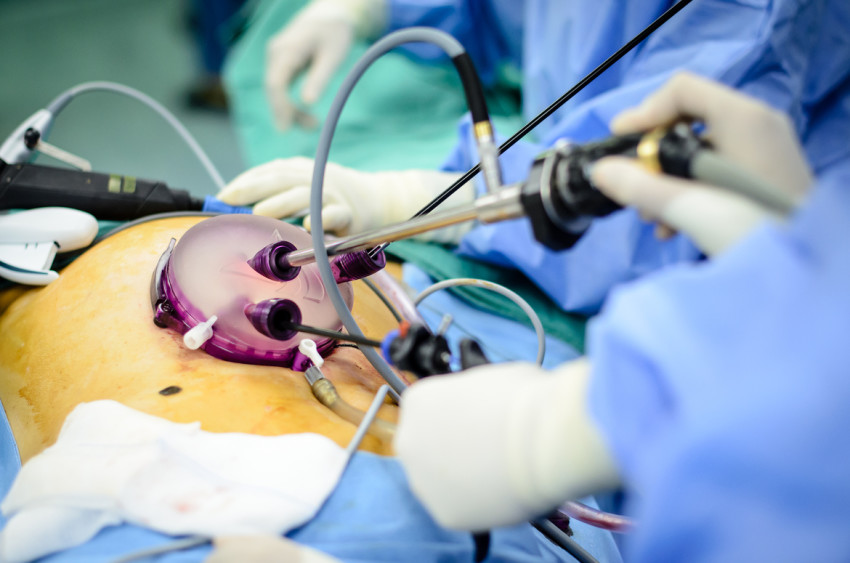Fibroid Morcellation: A Cautionary Tale

You have probably seen the current FDA news about Fibroid Morcellation and that power mocellation for the removal of uterine fibroids could possibly spread cancer tissue in women with unsuspected cancer.
Tools help us in everyday life from hammering nails to aiding surgeons during complex and often times difficult procedures. However, there may be hidden risks with the use of some tools.
Recent studies show that a laparoscopic morcellator, which is a tool used to remove large amounts of tissue through a small hole may be one of these devices. When used to remove fibroid tumors, the morcellator could potentially spread small pieces of tissue that may be cancerous in rare circumstances.
Although the overwhelming majority of fibroids are benign, there is no certain way to tell before their removal if they harbor a cancer, which happens in 1 in 400 to 1 in 1,000 cases.
The FDA suggests that women sign a waiver acknowledging the risks of morcellation and the spread of uterine cancer. Although doctors have claimed that the tool has helped in the successful removal of uterine fibroids, there are some risks, as there are with all procedures. It is the patient’s choice whether or not they want to undergo the procedure.
Symptom relief from uterine fibroids is the ultimate goal for women with fibroids. Uterine Artery Embolization (UAE) may be a better alternative with lesser risks, and without the chance of spreading a cancer.
Success Story
Sheila Discovered She Had Fibroids After a Miscarriage
"After Sheila had her miscarriage and discovered she had fibroids, her doctor told her she would not be able to have children until she had them removed. Sheila was afraid of having invasive surgery and decided to have Uterine Fibroid Embolization instead after attending a Fibroid Treatment Collective webinar. Shelia is now the mother of ... Read more"

